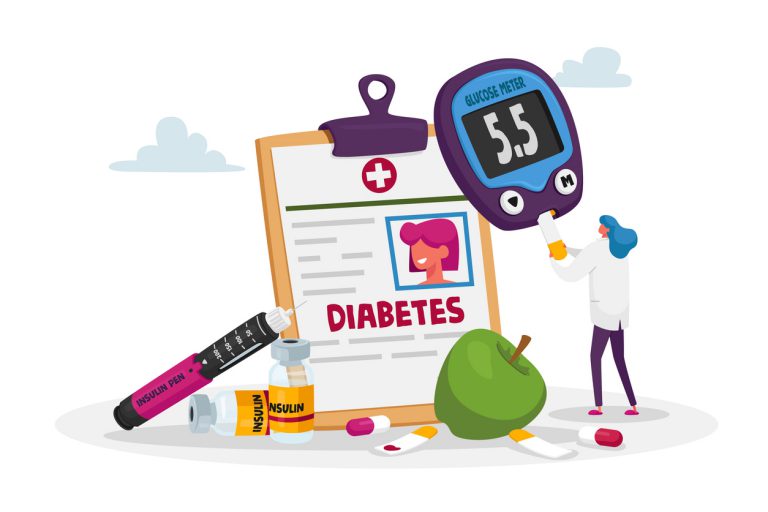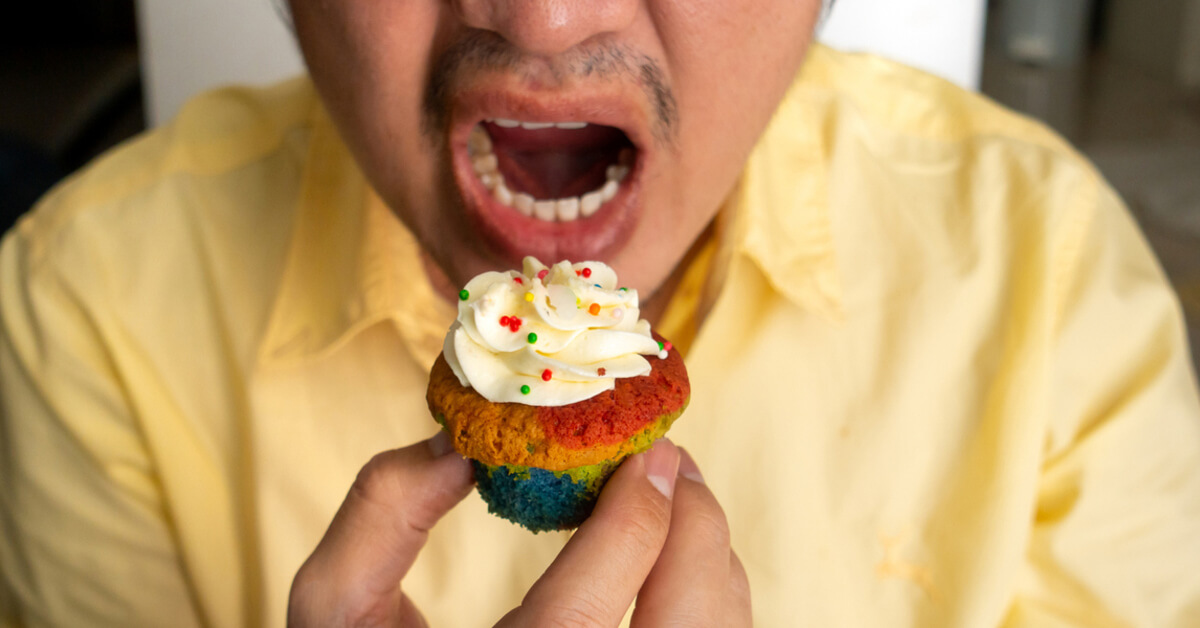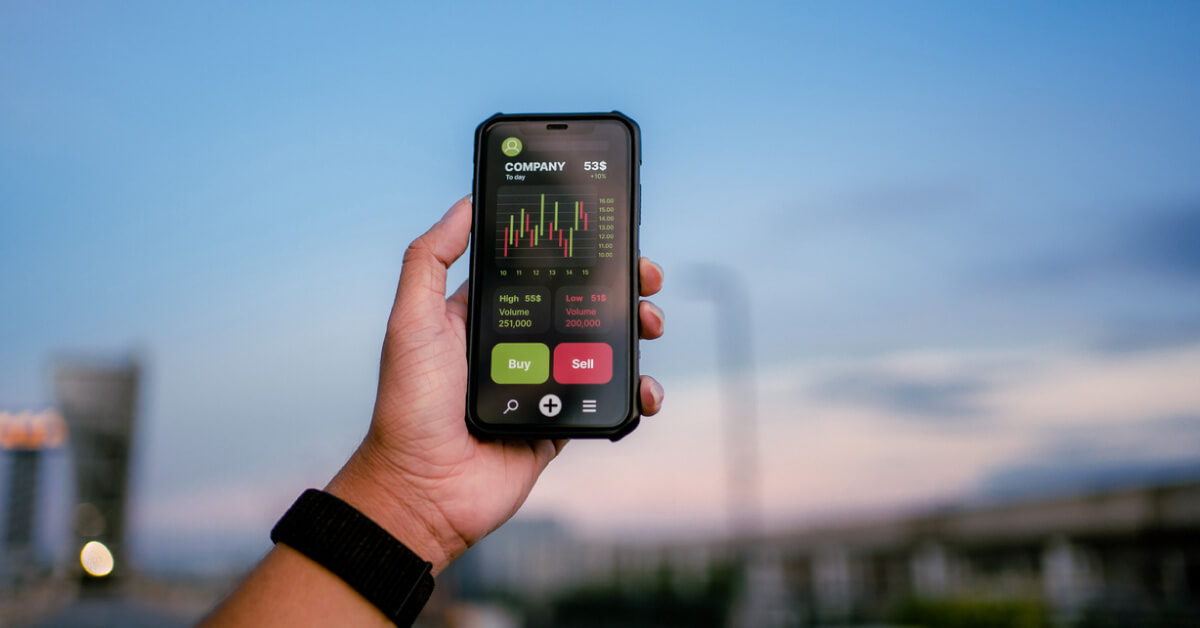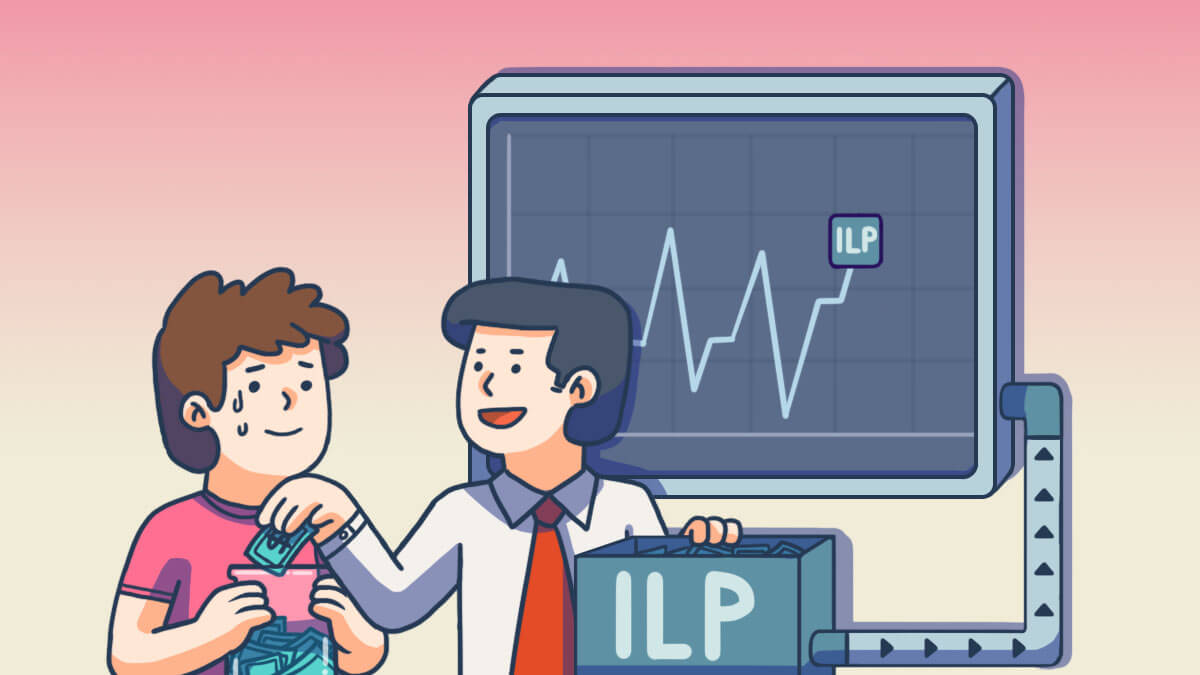“The Myths and Truths About A Diabetes Diet” by National Healthcare Group, 5 October 2020, www.healthhub.sg
Does eating too much fruit cause diabetes? What are the foods to avoid with diabetes? Here are some diabetes food myths debunked.
Myth 1: Sugar Alone Causes Diabetes
Truth: The known risk factors for type 2 diabetes are family history, ethnicity, increasing age, being overweight, high blood pressure, high cholesterol levels, a sedentary lifestyle and smoking. Sugar is not the only cause of diabetes. If an excessive intake of sugar leads to obesity, this further increases a person’s risk of having diabetes.
Myth 2: Person With Diabetes Must Only Consume Foods Labelled “Sugar-free” or “Suitable for Diabetics”
Truth: Agri-Food & Veterinary Authority of Singapore (AVA) requires “sugar-free” products to contain no more than 0.5g sugar per 100g or 100ml. These usually have less sugar than other similar products but may contain other artificial sweeteners like sorbitol.
Food labelled “no added sugar” or “suitable for diabetics” can be misleading, as naturally occurring sugars or fat, and calorie content are not taken into consideration. It is crucial to read the nutritional information for any type of food to check the amount of carbohydrate, natural sugars and calories it contains.
Products like fruit juices with “no added sugar” can still raise blood sugar levels as quickly as sugary drinks, since they contain natural fruit sugars. Snacks that use artificial sweeteners can still be high in carbohydrates, fat and calories even though they might be low in sugar. These products can affect blood sugar control and risk excessive weight gain — a major risk factor for diabetes.
Myth 3: Patients with Type 2 Diabetes Must Swear Off Sweets or Chocolate
Truth: Those with poor blood sugar control should avoid sugary treats like sweets and chocolate, as these can quickly cause unwanted spikes in sugar levels and provide little nutrition. Those with good glycaemic control should also exercise caution by eating sweets sparingly. Regular blood sugar monitoring is important when having sweet treats.
Myth 4: Alcohol Does Not Affect Type 2 Diabetes
Truth: Alcohol affects the liver — which regulates blood sugar — and can interact with certain diabetic medications. People with diabetes should avoid alcohol in general. But if you have to, remember to check your blood sugar levels before drinking to ensure that it is not too low.
Accompany the drink with a carbohydrate-containing meal as alcohol can cause your blood sugar levels to drop drastically within 24 hours of drinking. Healthy individuals should drink responsibly.
If you do not suffer from other health conditions and still want to drink, keep to only one serving of light beer, wine or spirits. One serving is equal to 330ml beer (a can) / 175ml wine (half a glass) / 35ml spirit (one shot).
Myth 5: Cutting Carbohydrates Complete or a Carb-Free Diabetes Diet Can Reverse Diabetes
Truth: Diabetes is an incurable condition that can be well-controlled. Cutting out carbohydrates completely is not recommended. A person who avoids carbohydrates completely is susceptible to low blood sugar levels and is likely to suffer from long-term deficiencies due to a lack of carbohydrate-containing food. In serious situations, hypoglycaemia can result in diabetic comas that may be life-threatening, especially for those who are not consuming sufficient carbohydrates and are currently on diabetic medications.
A balanced diet is essential for diabetes management. Eat more wholegrains instead of refined grains, and enjoy a variety of other carbohydrate-containing food, including low-fat yoghurt, fruits, beans and vegetables such as broccoli, carrots and sweet potatoes.
It is advisable that carbohydrates form around 50 percent of the daily diet. Consult a dietitian for the recommended quantity as this differs for each individual.
Myth 6: White Rice Causes Diabetes
Truth: Although recent studies by the Harvard School of Public Health and the National University Health System found that white rice has a high Glycaemic Index (GI), it is important to understand its overall health impact when taken as a part of our daily meals.
GI ranks carbohydrates in food based on the rate at which they affect blood sugar levels. The important difference between sugar and rice is that sugar contributes calories with little nutritional benefit, while rice provides satiety and can be part of a healthy, balanced diet if accompanied by side dishes packed with nutritional value such as tofu, fish, lean meat, eggs and vegetables.
In contrast, it is easy to eat too much sugar as it does not give the feeling of fullness and can lead to obesity, raising the risk of type 2 diabetes. Wholegrains like brown or red rice are better than white rice as these contain more nutrients like iron, magnesium, B vitamins and fibre. Wholegrains also take more time to digest, giving the feeling of fullness for longer.
However, do note that any type of carbohydrates, including wholegrains, when taken in excess can still cause poor blood sugar control. Moderation is key.
Myth 7: I Should Make Food Choices Based on Their GI
Truth: In general, high GI foods raise blood sugar levels faster by releasing sugar quickly into the bloodstream. This is more useful for athlete’s post-exercise or for patients with hypoglycaemia. Some fad diabetes diets advise avoiding high GI foods completely.
However, GI is just one measure of the nutritional value of food. Similarly, some low GI foods like cake, chocolate bars and potato chips are unhealthy and lack nutritional value, and are unsuitable for patients with type 2 diabetes.
Maintaining a balanced diet with fruits, vegetables and carbohydrates, and regular exercise are the best ways to stay fit, prevent weight gain and stay healthy.
Myth 8: No Matter How Many Fruits I Eat, My Diabetic Condition Won’t Be Affected
Truth: Fruits contain many vitamins, minerals and fibre, so it is great to include them in your meals. They also contain natural sugars and carbohydrates, so stick to the recommended two portions daily.
Spreading out these two portions or eating them between meals can help to prevent sudden spikes in sugar, and help with blood sugar control. Pick fresh whole fruits instead of juiced, dried or canned ones as these can contain added sugar.
Look out for this food label:
To help consumers make more informed food choices, the Health Promotion Board (HPB) introduced the Healthier Choice Symbol (HCS) on packaged food products in 2001. Products that qualify and carry the symbol are generally lower in total fat, saturated fat, sodium and sugar.
Some are also higher in dietary fibre and calcium compared to similar products. There are about 2,600 such products on the shelves currently. As with all foods, HPB advises that you consume HCS food products in moderation. Look out for this label for the list of products with the HCS, visit the Health Promotion Board website at www.hpb.gov.sg.
At Tiq by Etiqa, we’re always looking for ways to help you be prepared for life’s surprises and inevitabilities, while empowering you to “Live Unlimited” and take control of your tomorrow. In our effort to do that, we have partnered with Autumn, a digital wealth, health and lifestyle app that helps users seamlessly plan their future.
This article is contributed by Autumn and first appeared here. All information is correct as at the date of publication on 5/10/2022.






